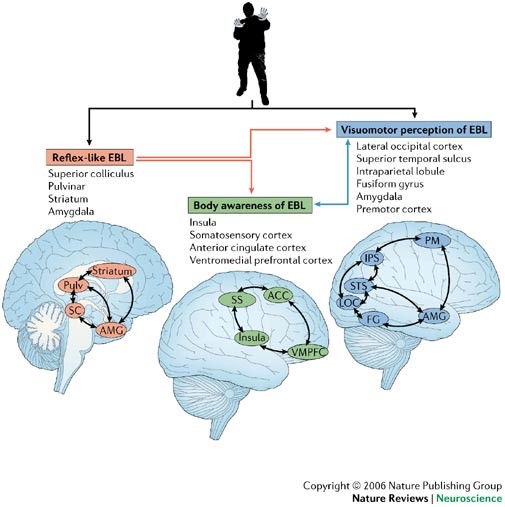
Context
According to VeryWell Mind, nonverbal communication is vital to human interactions. Renowned scholars observe that daily, we react to countless non-verbal signals, including facial expressions, body language, eye contact, and even subtle tones in our voice. When you encounter someone for the first time, nearly every aspect of your stance, looks, and even the strength of your handshake communicates messages to them. These messages can significantly sway perceptions regarding your character, dependability, and how well you mesh with others. Whether we realize it or not, our nonverbal signals profoundly impact our relationships with those nearby.
Significance of Nonverbal Communication
Nonverbal communication incorporates various signals like eye contact, hand gestures, and posture. These components significantly affect how we are perceived by others during conversations, especially in settings that demand the establishment of rapport or trust, such as interviews or teamwork. For example, having crossed arms may convey a defensive or distant stance, while slouched posture can diminish a person’s professionalism. Furthermore, how much eye contact you maintain can influence the impression you give regarding your confidence or sincerity. Ultimately, your nonverbal actions form lasting first impressions that are often challenging to modify.
Moreover, boosting your awareness of nonverbal cues can greatly enhance the effectiveness of your communication. When your facial expressions and gestures correspond with the spoken words, it fosters trust and elevates the clarity of your message. Conversely, a discrepancy between what you express verbally and what your body language suggests can lead to misunderstandings or mistrust. Proficient communicators are attentive to both their own nonverbal cues and those of others, facilitating more unified and fruitful dialogues.
Five Functions of Nonverbal Communication
Nonverbal communication transcends mere body language; it serves crucial functions in dialogues by either supporting or sometimes opposing the spoken word. Below are five vital functions it fulfills:
- Reinforcement: Nonverbal cues frequently underscore a verbal message, lending importance and emphasis to what is being conveyed.
- Contradiction: Nonverbal signals can contradict spoken communication, revealing unexpressed thoughts or indicating deceit.
- Substitution: At times, nonverbal cues can take the place of verbal communication. For instance, rolling your eyes can express disappointment far more powerfully than words alone.
- Complementing: Nonverbal actions can enhance or complement spoken messages. A prime example would be a manager acknowledging an employee with both verbal praise and a comforting pat on the back.
- Accentuating: These nonverbal behaviors highlight or emphasize specific parts of verbal communication, such as thumping the table to stress the significance of what is being discussed.
Categories of Nonverbal Communication
Nonverbal communication comprises a wide variety of signals. Below, we will delve into several significant categories, each contributing uniquely to our interactions:
Facial Expressions